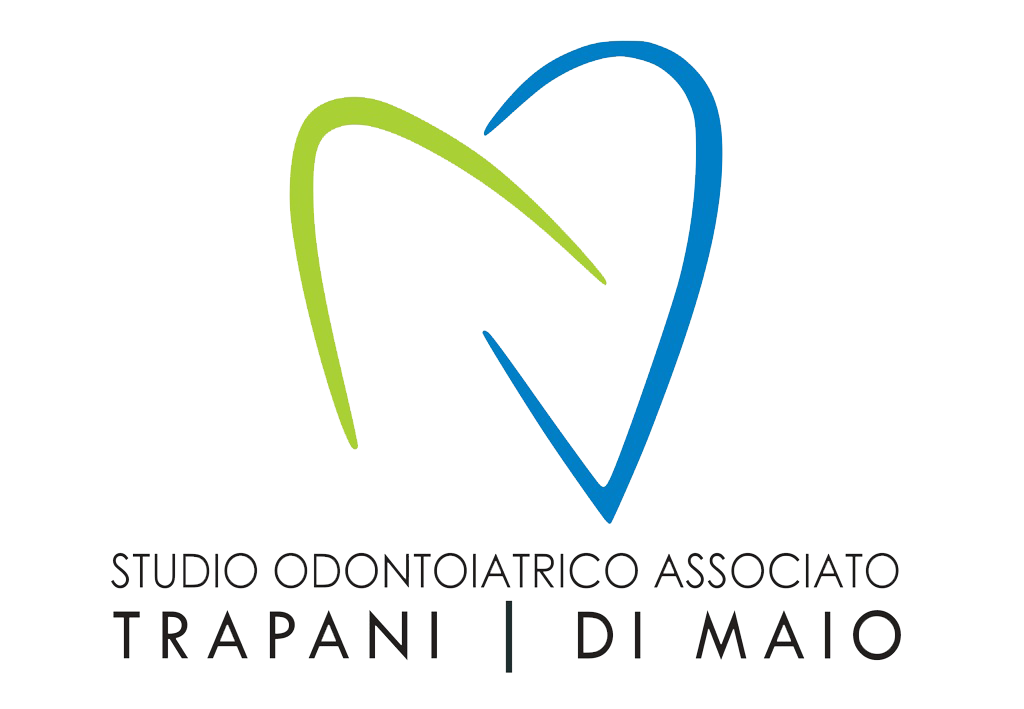Dott. Giuseppe Di Maio
Overcoming Dental Anxiety: How to Manage Odontophobia
For many people, a dental appointment is a source of significant anxiety or discomfort. When this condition becomes persistent and disabling, it is known as odontophobia—an irrational fear of the dentist, officially recognized by the World Health Organization as a true disorder.
Those suffering from odontophobia feel a strong aversion toward everything related to the dental office: drills, instruments, smells, and even the thought of a simple check-up.
What are the symptoms of odontophobia?
Odontophobia does not only manifest as psychological discomfort, but also with physical symptoms that can appear days before the appointment.
Common symptoms of dental anxiety include:
Rapid heartbeat (tachycardia)
Excessive sweating
Tremors
Shortness of breath
Nausea or dizziness
Feeling faint
Panic attacks in severe cases
People affected often postpone or completely avoid dental visits, relying on self-medication with antibiotics or painkillers, which worsens their oral health in the long run.
How to overcome fear of the dentist
1. Talk openly with your dentist
Keeping fears to yourself does not help. It is essential to communicate openly with the dentist, explaining concerns and emotions. An experienced professional can:
Reassure the patient
Explain every step of the treatment
Personalize the session according to the patient’s level of anxiety
2. Take gradual steps
A progressive approach is highly effective. For example:
First visit only as an introduction
Second appointment for a simple cleaning
More complex treatments later on
This helps patients get familiar with the environment and progressively reduce emotional stress.
3. Associate the experience with something positive
After each appointment, rewarding yourself with a pleasant activity or small treat can reinforce the idea that going to the dentist is an achievement rather than a punishment.
4. Conscious sedation for severe cases
For patients with severe phobia, conscious sedation is a safe, non-invasive option that allows them to undergo treatment in total comfort. Main methods include:
Inhalation of nitrous oxide (laughing gas) through a mask
Administration of sedative medications intravenously
Sedation keeps the patient awake but relaxed, eliminating pain and anxiety.
Odontophobia is a real condition, but not an insurmountable one. Recognizing it and addressing it with the support of an empathetic dentist is the first step toward regaining confidence and taking care of your oral health without stress.

